LOOK TO THE SKIES
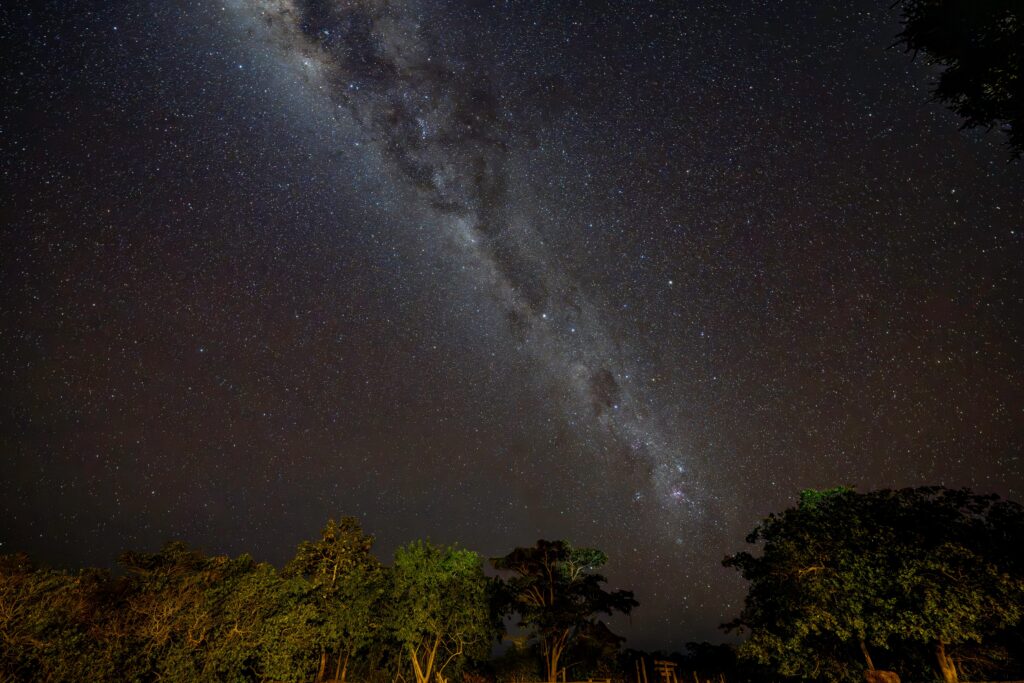
Look to the Skies
Shooting stars, sunrises and celestial wonder
Photographs and Story by Lynn Donovan
Lynn Donovan has been shooting for O.Henry magazine since its 2011 launch. A Greensboro native, she loves to travel the world with her faithful companions — her husband, Dan, and her cameras — capturing wildlife, landscapes and everything in between. In addition to O.Henry shoots, she adds concerts, theatre events, festivals and other happenings to her repertoire. Capturing life through her lens and sharing the images with others is what makes her click!
Above us there is a huge ever-changing canvas of sky. If you look
up you may be rewarded with phenomenal sights. Here are some of my observations over the years of gazing upward with my camera.
The sun greets me every morning with its light and warmth, and, as a photographer, an endless number of stunning possibilities. Even on cloudy days, the filtered light creates a dreamy softness to everything it falls on. I love watching the daybreak. No two sunrises are the same, but all fill my lenses with vivid colors and intensity, creating magic.
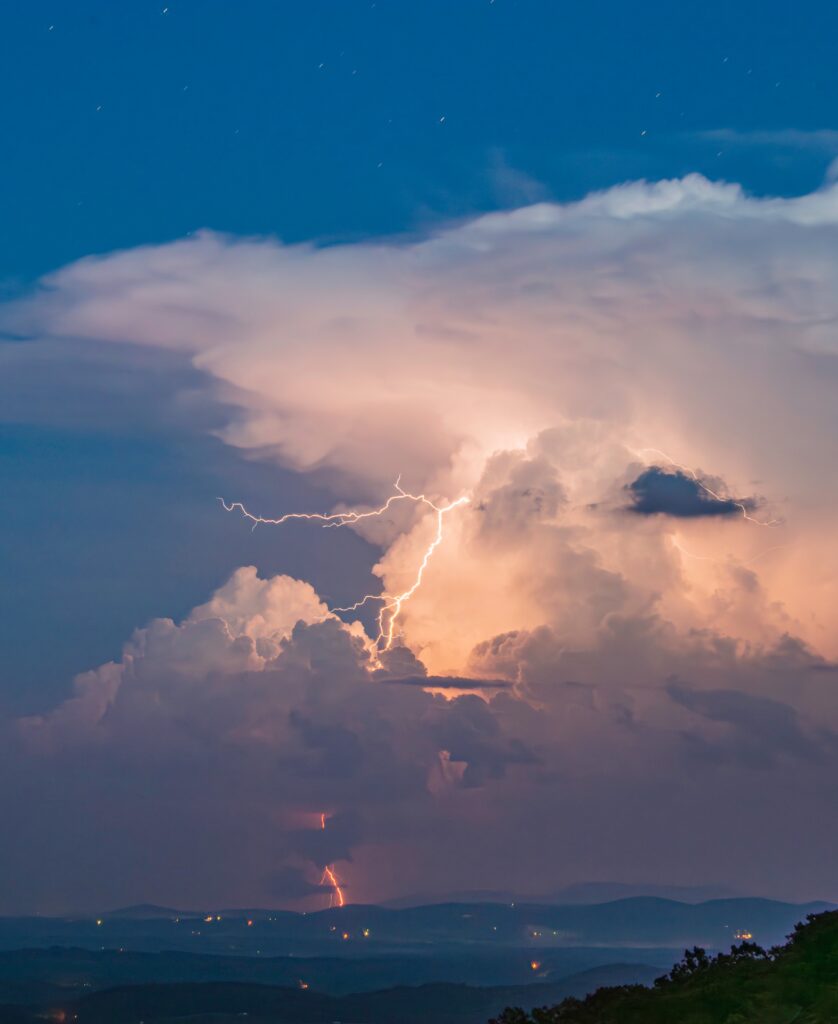
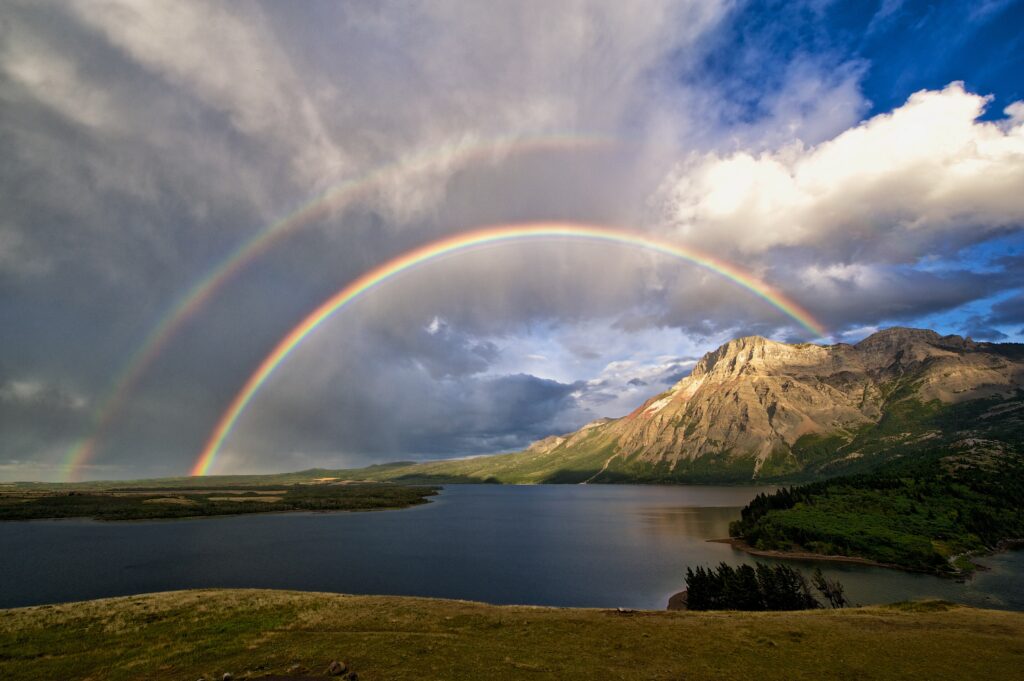
Without rainstorms, the sun would not be able to dazzle us with those radiant arcs of color across the sky, aka rainbows. Storms offer an opportunity to catch unique clouds filled with rain that replenishes the Earth. Clouds, storms and lightning can make the skies a photographer’s dream. When conditions are right, entire clouds glow with an eerie internal light or throw out bolts of lightning that can set the entire sky ablaze.
At the end of each day, the sun dips below the horizon and the golden hour — beloved among photographers for its soft diffused light — begins. For a brief period, the skies and clouds reflect the dying day’s warm colors and the entire sky glows. Many of my suppers have gone cold or been eaten late while standing outside, basking in the dusk.
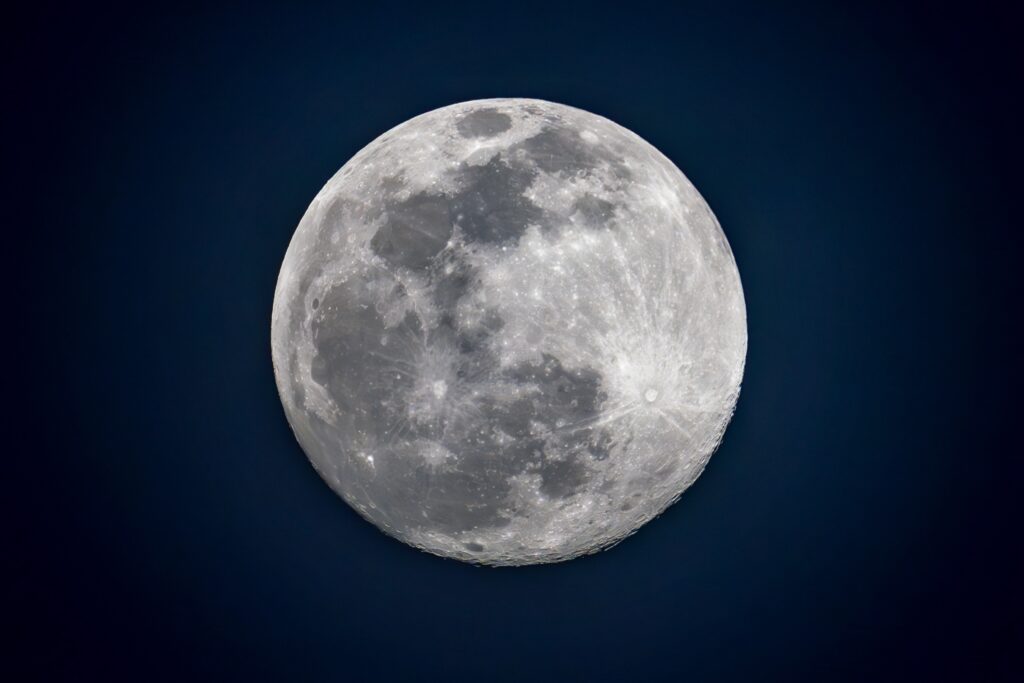
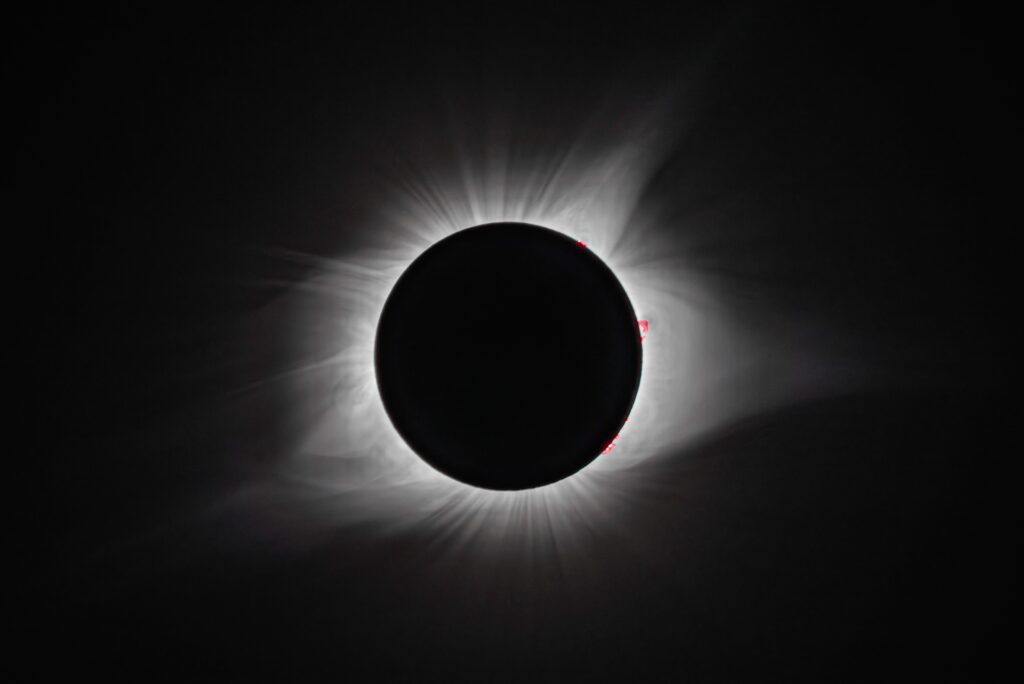
The sun and moon take turns eclipsing each other. From partial to total, they are something to watch as they attempt to block each other’s light. During a solar eclipse, the moon passes between the sun and Earth, casting a shadow on Earth, partially or totally blocking the sunlight. For a total solar eclipse, the sun’s corona is briefly visible. At totality, an eerie, dusky darkness occurs — the temperature drops, birds stop singing and crickets chirp. A lunar eclipse occurs when the Earth passes between the moon, in its full phase, and the sun, dimming the light falling on the moon, sometimes giving it a red glow.
It’s often hard for me to stay indoors after dark given the incredible displays revealed long after the sun has set. The skies are filled with wonder that begs to be observed. The largest object visible from Earth is our moon, waxing and waning, filling the sky with its almost constant glow. Full, crescent, new and everywhere in between, the moon can even be observed during daylight. It also can create moonbows, which are just like rainbows, but created by the light of the moon through water mists. Our lives are filled with poetry, song and prose dedicated to this beautiful rock.
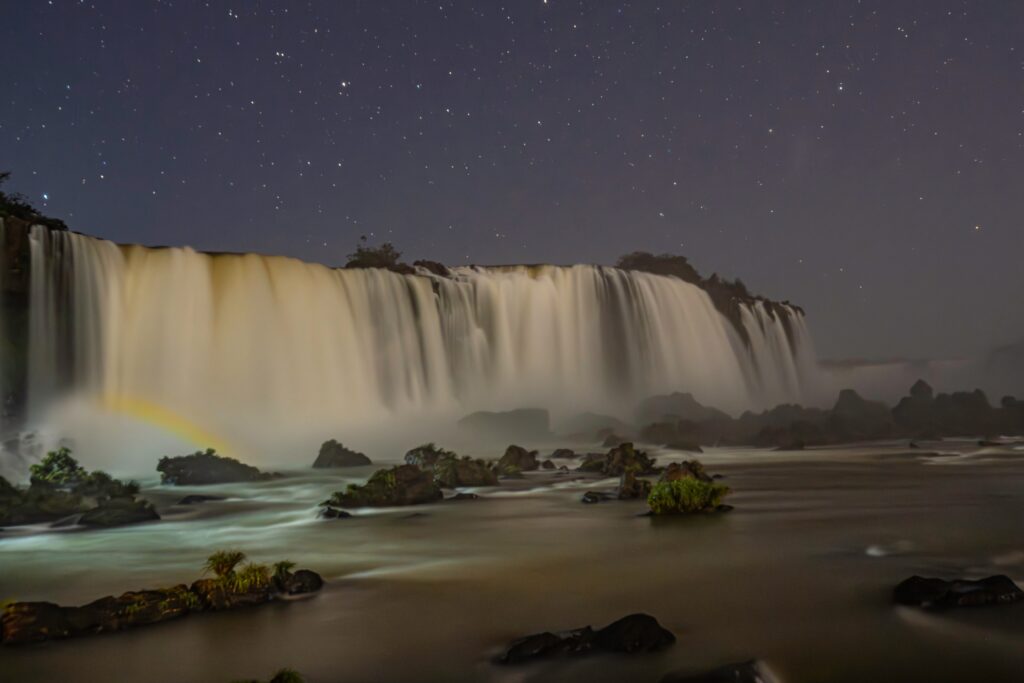
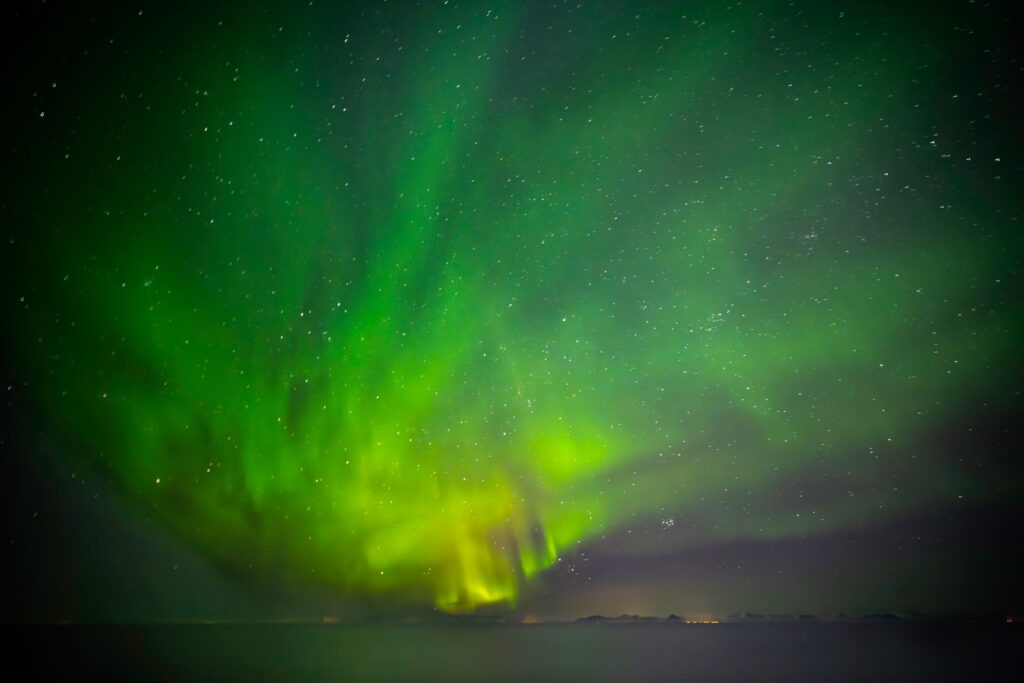
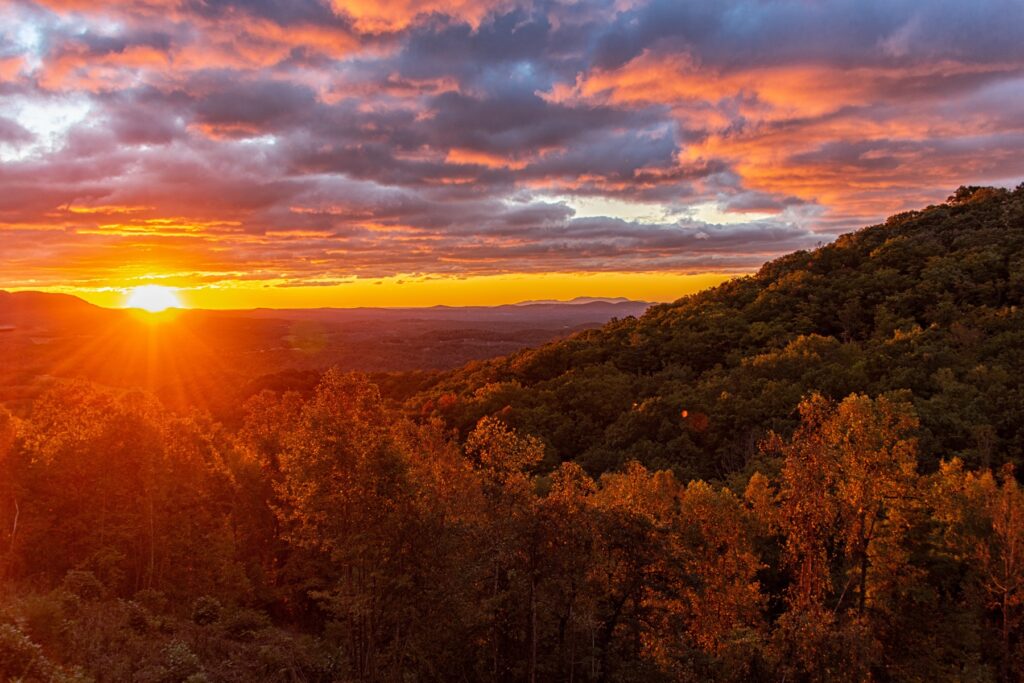
The moon is hung upon a blanket of stars. If you leave the lights of the city behind, you will be able to see an entire canopy of twinkling stars above your head. And if you stay in the dark long enough, just like a camera’s long exposure, your eyes will adapt to witness the magnitude of starry light. Really dark skies reward observers with the Milky Way, stretching across the sky, reminding us of what a small part we each play in this magnificent universe.
If you are lucky and extremely patient, the way photographers have to learn to be, you will be rewarded with meteors streaking across the star field. Every year, several meteor showers rain across the sky. And if you are really lucky and observant, you may catch a comet. Over the last few decades, several bright comets have streaked through the heavens, many visible to the naked eye. Maybe one day I will graduate to shooting through a telescope!
One of the most elusive light shows happens when the Earth’s magnetosphere is disturbed by the sun’s solar wind, causing aurora borealis, or northern lights. They range from a faint glow to arcs across the sky to dancing curtains in colors of red, green, blue to yellow and pink. While I’ve traveled all the way to Alaska, Iceland and Norway to experience their splashy shows of color, the solar flares are sometimes so strong that we can catch them as far south as North Carolina — which happened twice in 2024. Sometimes, all you have to do is step into your own backyard, look up and focus!
